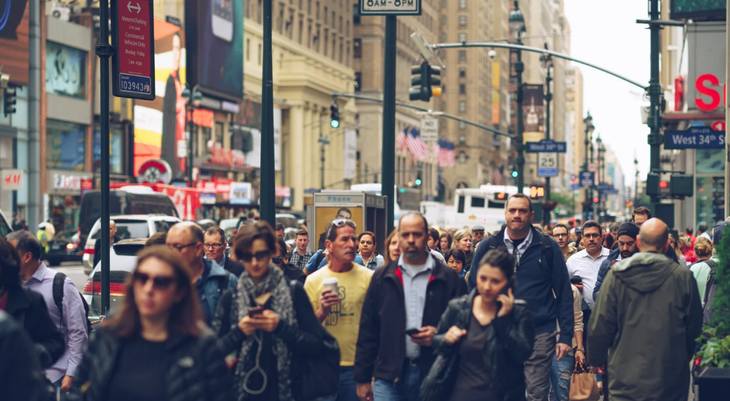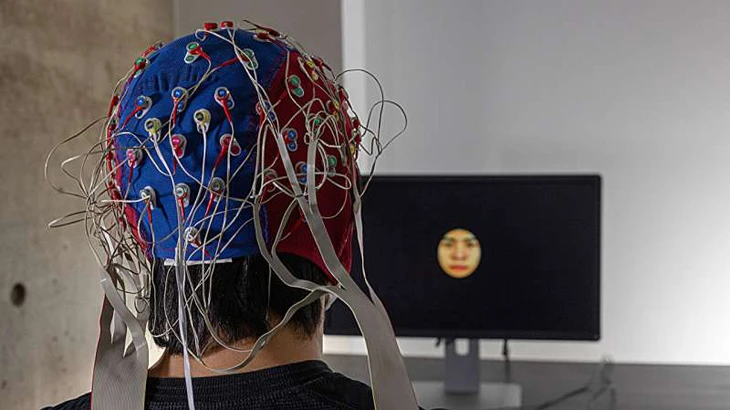
Many Asians share the same feeling: Europeans/Africans all look similar to each other, and vice versa - Photo: AI
In a study published in Behavior Research Methods, scientists at the University of Toronto (Canada) said that "the phenomenon of Asians having difficulty distinguishing European faces and vice versa" is called the Other-Race Effect (ORE), which means that people can easily recognize and distinguish faces of the same race than the faces of people from other races.
This effect has been known for a long time, but the neurological mechanism behind it remains a mystery.
Associate Professor Adrian Nestor (Department of Psychology, University of Toronto Scarborough) and his team conducted two studies analyzing how the human brain processes facial images with the support of modern AI technology.
In the first study, they used Generative Adversarial Networks (GANs) to reconstruct images of faces from participants’ memories. Two groups of Asians and Europeans were asked to view a series of faces and rate their similarity.
The results showed that participants were much more accurate at reconstructing same-race faces than different-race faces. Different-race faces were rendered as “similar,” more average, younger, and more expressive, even though they were not.
The second study used electroencephalography (EEG) to record brain activity during the first 600 milliseconds of a participant seeing a face. This brainwave data was then used to reconstruct how the brain processes visual information about a face.
Results showed: The brain processes faces of the same race in more detail and with more distinction.
With faces of different races, neural signals show less clear distinction, causing them to be "lumped together" and look more similar.
"This suggests that we unconsciously group faces of different races into one group, leading to inaccurate recognition," said study co-author Moaz Shoura, a PhD student.

Brain waves reveal how the brain processes "different" faces - Photo: medicalxpress
So, if you've ever wondered why Asians see European faces (or vice versa) as "identical," the answer isn't in their actual appearance, but in the way your brain encodes and interprets visual information. You don't see them as clearly as you do people of your own race.
“By understanding how the brain distorts emotions and faces, we can develop better diagnostic and treatment tools,” says Associate Professor Nestor.
The researchers believe that understanding this cognitive and visual bias will help society develop strategies to reduce racial bias in everyday interactions, from job interviews to social situations.
By understanding how the brain works in the first moments of meeting, we can proactively adjust our behavior and minimize unnecessary misjudgments.
This research not only helps explain a common psychological phenomenon, but also has the potential for wide-ranging applications in many fields, including medicine, security, and technology: improving facial recognition software, helping computers more accurately distinguish between races.
In addition, it can support criminal investigations by increasing the accuracy of witness testimony regarding suspect identification; help detect disorders of emotional cognition, such as people with schizophrenia, borderline personality disorder, etc.
Source: https://tuoitre.vn/tai-sao-chung-ta-thuong-thay-guong-mat-nguoi-chau-au-giong-nhau-20250508002120543.htm


































































































Comment (0)